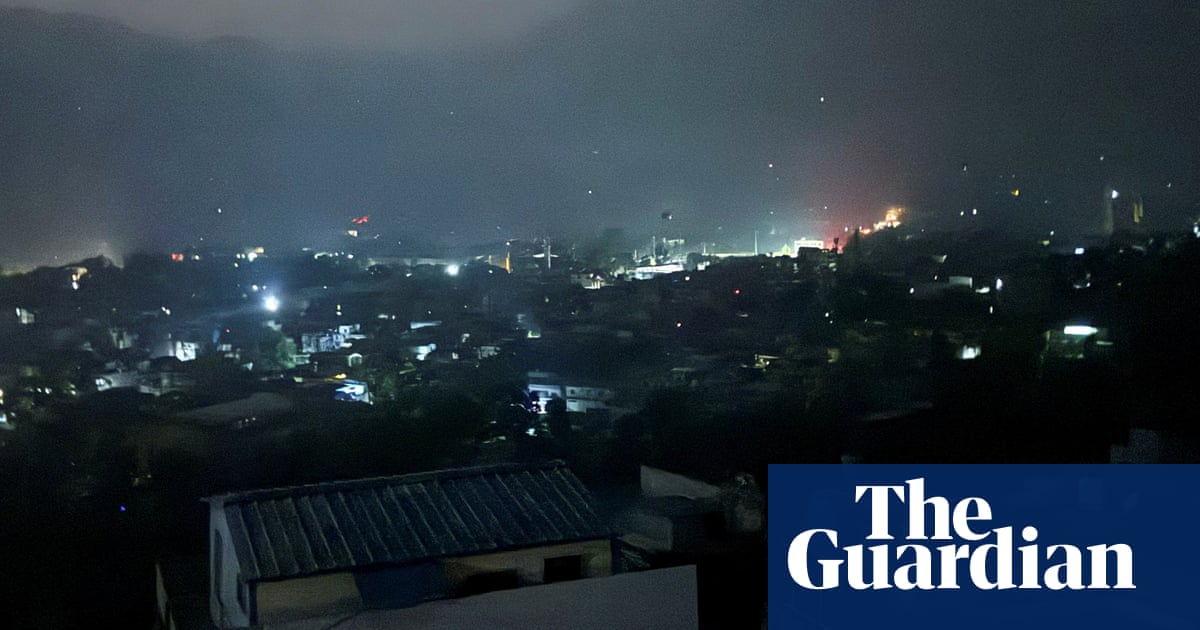Loud explosions have been heard in several places inPakistanand Pakistani Kashmir as India said it had attacked “terrorist infrastructure” in nine sites and Pakistan vowed to respond to the strikes.
Pakistani officials said that a child was killed and two other people injured in missile strikes early on Wednesday.
After the explosions, power was blacked out in Muzaffarabad, the capital of PakistaniKashmir, witnesses said.
The missiles struck locations in Pakistan-administered Kashmir and in the country’s eastern Punjab province, according to three Pakistani security officials. One of them struck a mosque in the city of Bahawalpur in Punjab, where a child was killed, and a woman and man were injured, one official said.
The officials said Pakistan had launched retaliatory strikes, without providing any details. The officials spoke on the condition of anonymity because they were not authorised to speak to the media on the record.
The Indian government said in a statement that nine targets had been hit in the strikes, which it said were launched as a response to an attack on Hindu tourists in Indian Kashmir last monthin which 26 men were killed.
“A little while ago, the Indian armed forces launched ‘OPERATION SINDOOR’, hitting terrorist infrastructure in Pakistan and Pakistan-occupied Jammu and Kashmir from where terrorist attacks againstIndiahave been planned and directed.
“Our actions have been focused, measured and non-escalatory in nature. No Pakistani military facilities have been targeted. India has demonstrated considerable restraint in selection of targets and method of execution,” it said.
A spokesperson for Pakistan’s military told broadcaster ARY that India had attacked Pakistan with missiles in three places and that Pakistan would respond.
The development comes amid soaring tensions between the nuclear-armed neighbours in the aftermath of the attack in the Baisaran Valley, a picturesque meadow in Pahalgam, a well-known tourist town in Kashmir.
India blamed Pakistan for the attack and vowed to respond.Pakistan denied that it had anything to do with the killingsand said that it had intelligence that India was planning to attack.
More details soon…
